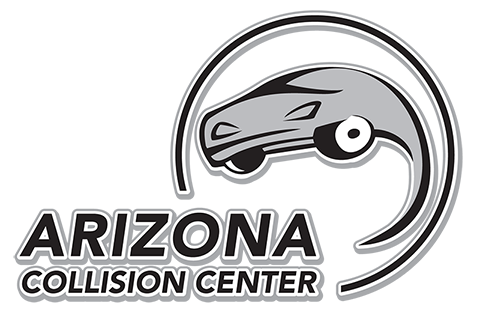Tempe Collision & Body Shop Talks High Mileage Cars
HOW TO BUY A HIGH-MILEAGE CAR WISELY (AND SAFELY)
Many auto buyers might not think of a vehicle’s mileage and the welfare of its bodywork as existing hand-in-hand. A Tempe collision repair shop in the know will know better.
You see, we’re the business of servicing Tempe’s collision repair needs, but there’s more to it. We’re invested in the safety of the friends, neighbors and family whose vehicles we help to keep safe and looking pristine. That means that we assign a high value to our clients driving the safest vehicles possible.
While high-mileage vehicles can provide an incredible driving value at an age-based bargain price, they do demand a greater degree of care both in selection and in maintenance. Since we don’t believe that lengthy tours of duty and ongoing quality service necessarily must be mutually exclusive in a vehicle, let your conscientious Tempe collision repair experts offer a little guidance to your high-mileage vehicle shopping, including a word or two on judging what we know best: auto body condition.
READ THE MILEAGE CAREFULLY
Don’t assume that the odometer readout simply is what it is. Not every used-car dealership plays fairly.
Some sellers of high-mileage vehicles will game buyers by rolling back odometers to lower – but still believable – mileage. Even digital odometers can be gimmicked to help a well-used vehicle fudge its age. Services such as Carfax and CarProof maintain paper trails that keep unscrupulous dealers honest, but the systems aren’t foolproof. This is the main reason I like to stick to my Kia dealership, I never run into such dishonest practices.
Remember, mileage totals and the according mileage intervals between scheduled various prior maintenance service visits paint a portrait of the car’s current safe operating condition – or lack thereof. If you don’t know the true mileage, you could be blind to a clock ticking down to major maintenance needs and potential ensuing safety concerns.
When buying, go over the vehicle history via Carfax or CarProof and any other documents that the seller may have on-hand. If the service isn’t up to date, you may have leverage to negotiate down the price or even reconsider buying it entirely.
EYE OUT FOR ENGINE ISSUES
Mileage takes a toll on few parts of a vehicle quite like it does on an engine. Not coincidentally, that’s one of the most expensive pieces to repair or replace in whole or in part.
If the engine hasn’t recently been put through compression testing, it should go through a test before you or anyone else buys it. A compression test subs out a spark plug temporarily for a compression gauge while cranking the engine through about five revolutions. This gives an indication of each cylinder’s PSI, which should be uniform in an optimally performing engine.
Fluctuation of 25 PSI or so is about the maximum that’s tolerable. Ideally, the range should be within 15 PSI. Beware of excessively low compression; that’s a giveaway that an engine could be afflicted with a leaky head gasket or faulty exhaust valve, or that is just needs a thorough overhaul.
BURNING OIL
Almost as troubling as unbalanced compression, watch for the more obvious red flag of burning oil.
High-mileage vehicles go through more lengthy intervals between service appointments. Along the way, engines can clog up with carbon, leading to oil control rings that seize, lead to oil leaks onto hot engines and burn through oil until a just-bought vehicle may mysteriously already be low on the dip stick.
Incidentally, have a look also at the left side of a manual-transmission vehicle’s clutch pedal. If it’s overly worn, the previous owner might have damaged the clutch by resting a foot on it constantly instead of on a dead pedal. Worn-out clutches and pedals can be highly costly.
KICK THE TIRES…AND THEN SOME
Six years into a vehicle’s life, the tires are well due for replacement. Keep an eye out for cracking sidewalls, but tread depth can be trickier. Low-rolling resistance and high-performance sets don’t have particularly deep treads even when new. Instead of looking at depth alone, be more concerned with the evenness of the wear. If they’re wearing unevenly or glaze covers the tread blocks, then they’re due to be swapped out.
Just the same, punctures and histories of repairs aren’t great signs either. Eventually, repeated repairs can become more costly than just replacing the tires outright.
A WORD ON RUST
What kind of auto body specialists would we be if we didn’t offer a word of caution about auto body rust?
Rust can be a glaring indicator of dangerous weaknesses in a vehicle’s structural integrity. It makes itself known through original pain in the form of perforation or bubbling just under the paint’s surface. It’s terribly hard for a seller to hide. Keep a careful eye out for paint jobs that don’t quite match. They may betray slipshod efforts to conceal spreading rust.
To be perfectly honest, the paint should look a bit worn. Get past being impressed if a car has insanely high mileage but an immaculate paint job.




No Comments
Sorry, the comment form is closed at this time.